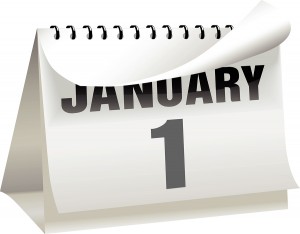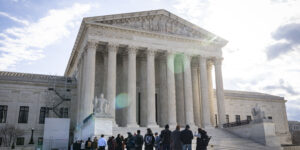The property catastrophe retrocession market was a bright spot in what was largely flat pricing for reinsurance at Jan. 1 2019 renewals, A.M. Best said in its latest Market Segment Report.
According to A.M. Best, the sector saw price hikes of between 10 percent and 20 percent, with peaks of 35 percent on loss-affected accounts.
 Price hikes for property catastrophe retrocession (a sector controlled mostly by third-party capital managers), came in part from 2018 catastrophe losses. But there was also a “capacity crunch in the collateralized retro space” driven by investors “seeking higher returns as well as tightening terms” even as their funds were committed to cover development of 2017-2018 losses, A.M. Best said.
Price hikes for property catastrophe retrocession (a sector controlled mostly by third-party capital managers), came in part from 2018 catastrophe losses. But there was also a “capacity crunch in the collateralized retro space” driven by investors “seeking higher returns as well as tightening terms” even as their funds were committed to cover development of 2017-2018 losses, A.M. Best said.
As a result of this, there is a widening pricing gap between treaty reinsurance and retrocession, which means reinsurers, in order to keep their earnings profile in good standing, will have to bridge that gap, according to the report.
Overall, however, as A.M. Best noted, renewal rates were mostly flat, though some subsectors saw increases of from 5 percent to 10 percent on average – but that was primarily in U.S. property catastrophe.
More Exceptions
Broken down further, A.M Best said that property programs that dealt with wildfire and other losses saw increases of as much as 20 percent. For accounts affected by non-cat losses in 2018, January renewal rates were flat or up to 10 percent. A.M. Best pointed out that loss-free programs have also seen flat renewal pricing, “with no more than 5 percent rate movements for cat perils.”
Mild price increases affected casualty and specialty reinsurance. A.M. Best said that this reflects the notion that carriers “understand that rates are at unsustainable levels and that they need rate increases on a number of lines – such as commercial auto – following multiple years of losses and rate declines.”
As well, the “working layers” of workers compensation saw prices increase on Jan. 1 mostly by single digits. A.M. Best attributed this as “in response to primary rate declines and a higher frequency of large losses.”
Those were relatively tame spikes, however, compared to insured catastrophe losses for 2018 that surpassed $70 billion, along with ongoing 2017 “loss creep,” as A.M. Best pointed out.
One added factor that shaped Jan. 1 renewal trends: third-party capital, which continues to be a main source of capacity even as it deals with major losses, A.M. Best said.
Source: A.M. Best




















 Uncertainty Keeps Prices Up; No Prior-Year Loss Development: Travelers
Uncertainty Keeps Prices Up; No Prior-Year Loss Development: Travelers  Ford Recall of 43,000 SUVs Due to Fire Risk Won’t Remedy Gas Leaks
Ford Recall of 43,000 SUVs Due to Fire Risk Won’t Remedy Gas Leaks  That Insurance Talent Crisis? It’s a Global Knowledge Opportunity
That Insurance Talent Crisis? It’s a Global Knowledge Opportunity  Survey: Majority of CA/FL Homeowners See Rise in Insurance Costs, Coverage Changes
Survey: Majority of CA/FL Homeowners See Rise in Insurance Costs, Coverage Changes 








